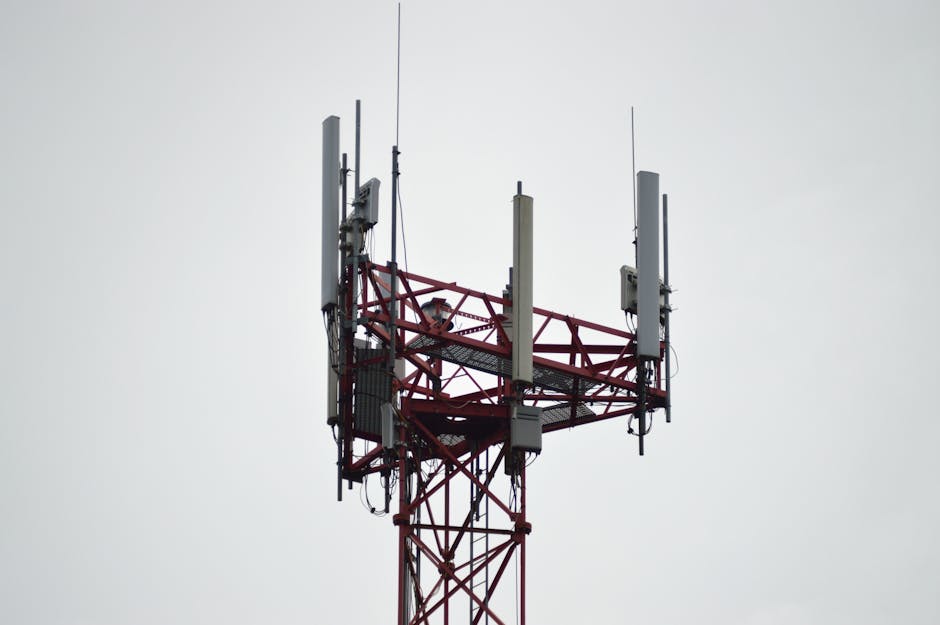How 5G-A Innovations Are Redefining Sports Experiences and Monetizing Telecom Networks
Revolutionizing Fan Experiences with 5G-A Technology

Pexels
On a vibrant evening at Shanghai Stadium, an extraordinary technological experiment unfolded amid a high-energy football match between Shanghai Shenhua and Chengdu Rongcheng. While 80,000 fans roared in support of their teams, China Mobile Shanghai’s 5G-Advanced (5G-A) infrastructure transformed the venue into a real-world lab, demonstrating how telecommunications can meet unprecedented demands for connectivity. This ambitious application of cutting-edge technology by Huawei and China Mobile Shanghai highlighted a pressing issue for carriers: discovering novel ways to monetize advanced network infrastructures as subscription growth stagnates worldwide.
With Huawei’s GainLeap solution and AI-integrated wireless boards at its core, the 5G-A network allowed concurrent access to thousands of users while maintaining exceptional performance. The match-day deployment marked a significant milestone in integrating premium tiered services with community-aligned benefits, a fresh approach designed to attract subscribers willing to pay for an elevated experience.
The Birth of 5G-A Differentiated Services

Pexels
China Mobile Shanghai’s initiative reflects an innovative attempt to persuade users of the value of superior connectivity performance. The “5G-A Exclusive Package for Shenhua Football Fans” is a groundbreaking offering targeting 200,000 supporters. Subscribers receive benefits such as guaranteed high-speed connections, access to comprehensive match coverage on Migu streaming, unique video ringback tones, and exclusive Shanghai Shenhua merchandise. This blend of high-quality connectivity and tailored perks is designed to test whether consumers are willing to pay for differentiated services, a critical experiment in an industry struggling to monetize multi-billion-dollar network deployments.
The results so far are promising, with premium subscribers enjoying download speeds of up to 600 Mbps during the high-demand match. Huawei’s GainLeap solution dynamically managed the allocation of high-speed 3CC channels to prioritize service for paying users, creating a noticeable performance gap. With improvements including a 47% reduction in QR code scanning latency and a 27% increase in live streaming speeds, the future of tiered telecom offerings appears increasingly viable.
Technological Breakthroughs in Action

Pexels
The 5G-A network upgrade at Shanghai Stadium showcased the vast potential of AI-powered infrastructure. Huawei’s intelligent wireless boards enabled real-time analysis of network usage, ensuring optimal resource allocation within milliseconds. This level of responsiveness not only maintained uninterrupted connectivity for tens of thousands of users but also allowed fans to engage in seamless digital activities—from uploading videos to live interactions on social media—even during peak moments.
The physical enhancements required to support this network overhaul were monumental, with 32 additional 2.6 GHz and 4.9 GHz pRRUs installed across the venue and new 4.9 GHz EM devices ensuring coverage consistency. The scale of the project extended beyond the stadium walls, covering extensive areas of Shanghai, including the city’s Outer Ring Road, five satellite towns, and major metro lines. This comprehensive deployment is a testament to the potential of 5G-A technology to extend premium connectivity services far beyond special events.
Implications for Global Telecom Strategy

Pexels
The success of China Mobile Shanghai’s 5G-A pilot project has global implications for the telecommunications industry. Carriers worldwide face a common challenge: how to justify investments in 5G and 5G-A infrastructure in an environment where traditional data and voice services no longer yield significant revenue growth. Shanghai’s model of bundling advanced network performance with community-focused incentives provides a compelling roadmap for future innovation.
By leveraging AI-driven resource allocation and experience-based service differentiation, carriers can redefine how users perceive the value of enhanced connectivity. The insights gained from this experiment could transform global telecommunications strategies, paving the way for AI-integrated networks that support immersive, real-time user experiences. As the industry continues to evolve, the Shanghai deployment may serve as a blueprint for sustaining profitability in an era of digital saturation.




